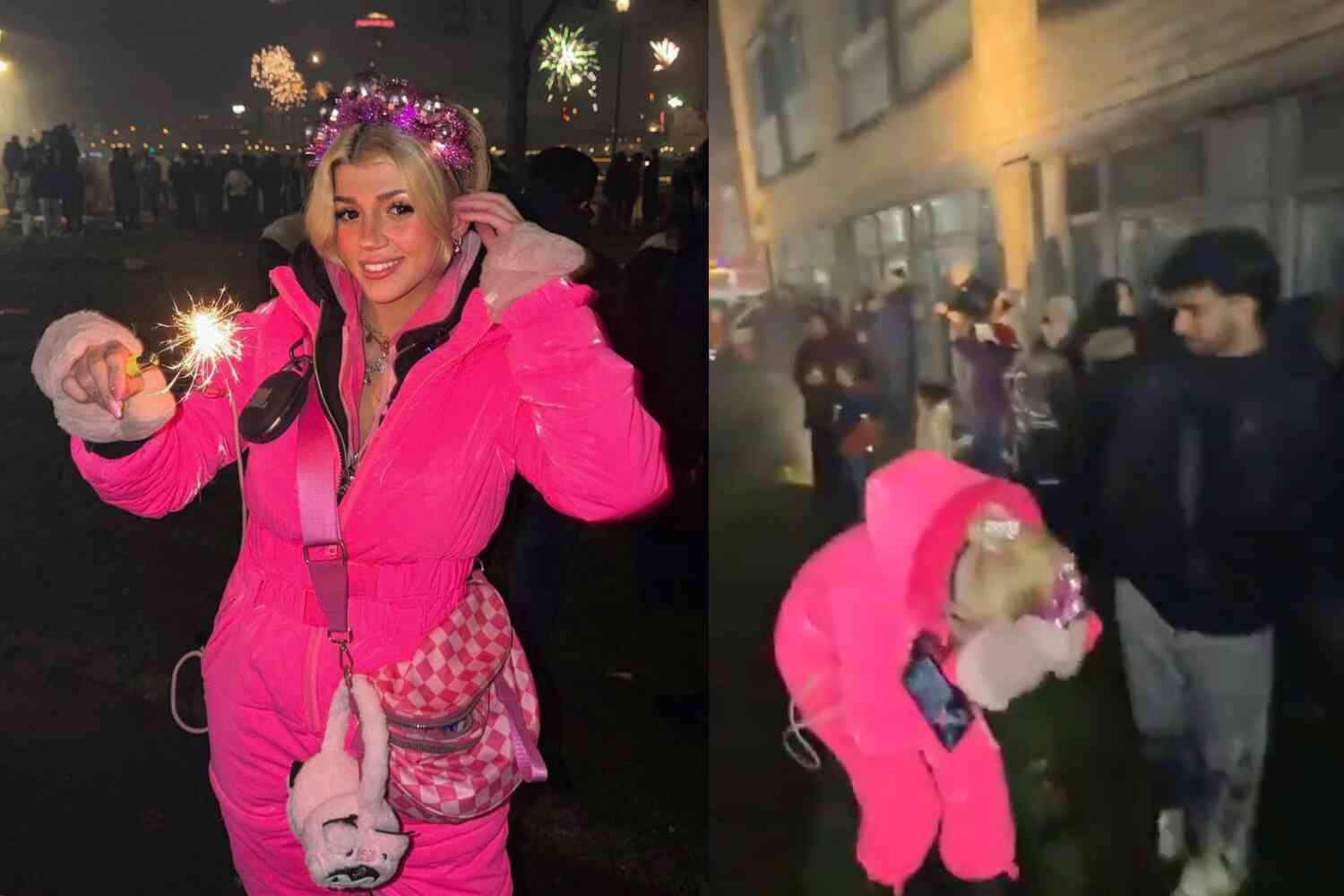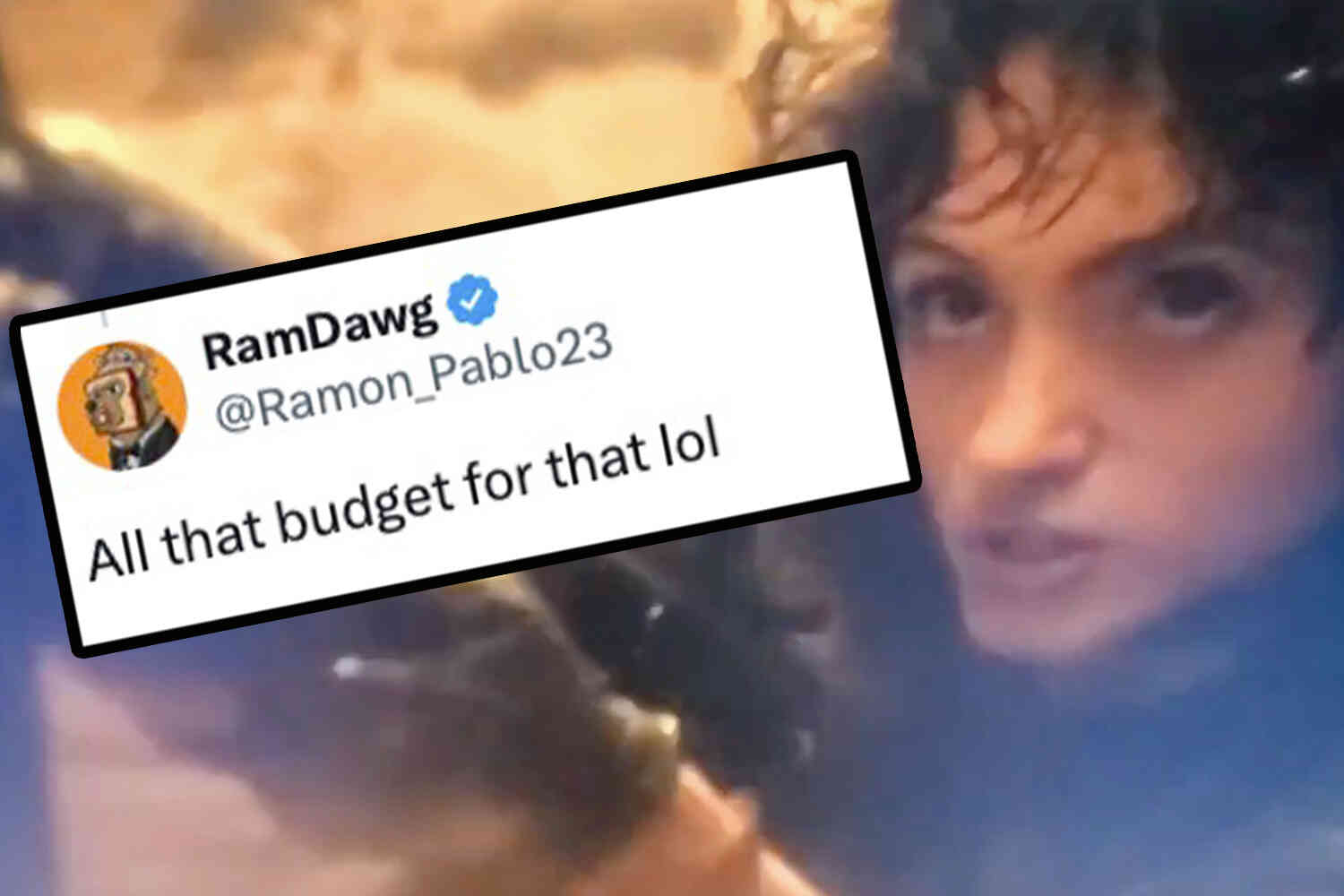A few years ago, I committed to something as a writer: As long as I have any form of platform, I will use the anniversary of the 9/11 terrorist attacks each year to highlight one hero of that day - one person that in a sea of horror demonstrated the conquering power of compassion and self-sacrifice.
This last summer I stood on the observation deck of the Flight 93 memorial in Shanksville, Pennsylvania, and it was a moving metaphor to this very reality. Inside the building, seeing the artifacts collected from the crash site, listening to the audio recordings and voice messages left from the plane, it all seemed so real. But standing on the observation deck looking at the crash site, new grass has grown where the smoldering wreckage once occupied. Time goes on and it acts as a natural sedative to our most emotionally tortured moments.
Like Pearl Harbor before, the tendency has been for the shock and significance of the event to lose its potency. As absurd as it seemed in the immediate aftermath of the attacks, humanity tends to forget even monumental events. Time heals, shock subsides, new generations with no connection to the events outside of the stories they hear are born.
But even if that is all quite natural - and it is - I believe heroes still deserve to be remembered. And so today, even though his story has been celebrated a bit more than others I've written about, maybe there's someone who will hear about and be inspired by a young man named Welles Crowther for the first time. That's my hope anyway.
I've pieced his story together from a number of articles and documentaries that have now been done on him, cutting and pasting from The New York Times, New York Magazine, and a wide array of 9/11 interviews and accounts publicly available.
At just 7 years old, Welles Crowther loved heading to his dad's workplace, the local Hook & Ladder Company to help clean the fire trucks. He loved it so much that by age 16, he became a junior member of the department, gaining full firefighter status at 18 before heading off to attend Boston College.
After college, Welles took a job working for an investment bank named Sandler O'Neill, centered on the 104th floor of the World Trade Center South Tower. That's where he was on Sept. 11, 2001, when United Airlines Flight 175 crashed into the side of the building.
His first thought in the chaos of the moment was to call his mother, Alison, leaving her a voice message telling her that he was okay. He was never heard from again. Ms. Crowther said she followed her "mother's instinct" after the attacks, searching for information about her son and his final moments. She combed through news coverage looking for any details, even after her son's remains were recovered from ground zero six months after the attacks.
Two months after that terrible day of being presented with her son's remains, Ms. Crowther read a lengthy New York Times article on the chaos inside the towers before they collapsed, which included eyewitnesses describing an unnamed rescuer: a coolheaded office worker who appeared in the Sky Lobby on the South Tower's 78th floor.
"A mysterious man appeared," the article read, "who managed to locate the only passable stairwell and began marshaling down groups of injured and dazed people." She kept reading about this mystery man and then got the shock of her life. The story detailed how the rescuer wore a red bandana over his face to keep out smoke and debris.
"Oh my gosh. Welles," she gasped. "I found you."
She called her husband in. This was the man who nearly 20 years earlier had given two handkerchiefs to their son as he dressed for church one Sunday morning: a white pocket square and a plain red one to blow his nose.
"One to show and one to blow," Mr. Welles told the boy, who after that was never without a red bandana. He wore it under his hockey and fire helmets as a teen and under his lacrosse helmet while playing for Boston College. He carried it in the pocket of his business suit every day to the World Trade Center.
And apparently, as the article described, he pulled it out and used it to cover his face that morning as he organized a group rescue in the burning South Tower on floors not yet reached by firefighters. According to survivors' accounts, her son had searched for a fire extinguisher, using it to put out some blazes. He then assigned a woman, Ling Young, to take the extinguisher and carry it down the stairs while he carried an injured woman on his back.
When that group reached the 61st floor where they could take an elevator to escape, Welles didn't get in the elevator with them. Young and the others begged him to come with them and save himself. Instead, he took a step back, pulled his red bandana over his mouth and told them they should go, but he was going back up to help others.
After a few more trips into the hell that existed on those burning floors, he joined a group of firefighters who had arrived with a tool to free trapped victims. His body was eventually recovered among those firefighters, crushed when the South Tower collapsed at 9:59 am.
The Crowthers contacted the survivors quoted in the Times article who then reviewed family photographs of Welles Crowther and confirmed that he was their rescuer. "He was a calm, strong, authoritative figure who we followed down," said more than one survivor, including Richard Fern. Fern recalled making his way down from the 84th floor to the 78th, where he was unable to find a passable stairway. Then he heard somebody yell, "Use the stairs over here." Fern turned and strained to see through the smoke. What eventually caught his eye and saved his life was a young man, lining folks up to go down the stairs, frantically waving a red bandana.
Perhaps the most remarkable part of the story of Welles Crowther wasn't that his dad found a half-filled out application to the NYC Fire Department on his desk in his apartment that he had left there the night before his last day on earth. Nor is it that in 2006, the NYC Fire Department responded to that discovery by officially naming him an honorary member. And it wasn't the fact that former President Barack Obama mentioned Welles specifically when dedicating the 9/11 Memorial and Museum in Lower Manhattan.
No, the most amazing part of his story was the standard line he would give people whenever his coworkers or friends or acquaintances would tease him about his old-school red bandana. "What are you talking about?" Crowther would shoot back, "This bandana's gonna change the world."
It certainly changed the world for Richard Fern, Ling Young, and many others. And it changes mine every time I hear his story and ask God to, if I'm ever in a situation so desperate as his was on September 11th, to give me the courage, love, and self-sacrifice of Welles Crowther.
May that one and only God who presides over the destinies of all men and nations bless the memory of the man in the red bandana.
P.S. Now check out our latest video 👇
Disclaimer: The opinions expressed in this article are those of the author and do not necessarily reflect the opinions of Not the Bee or any of its affiliates.









